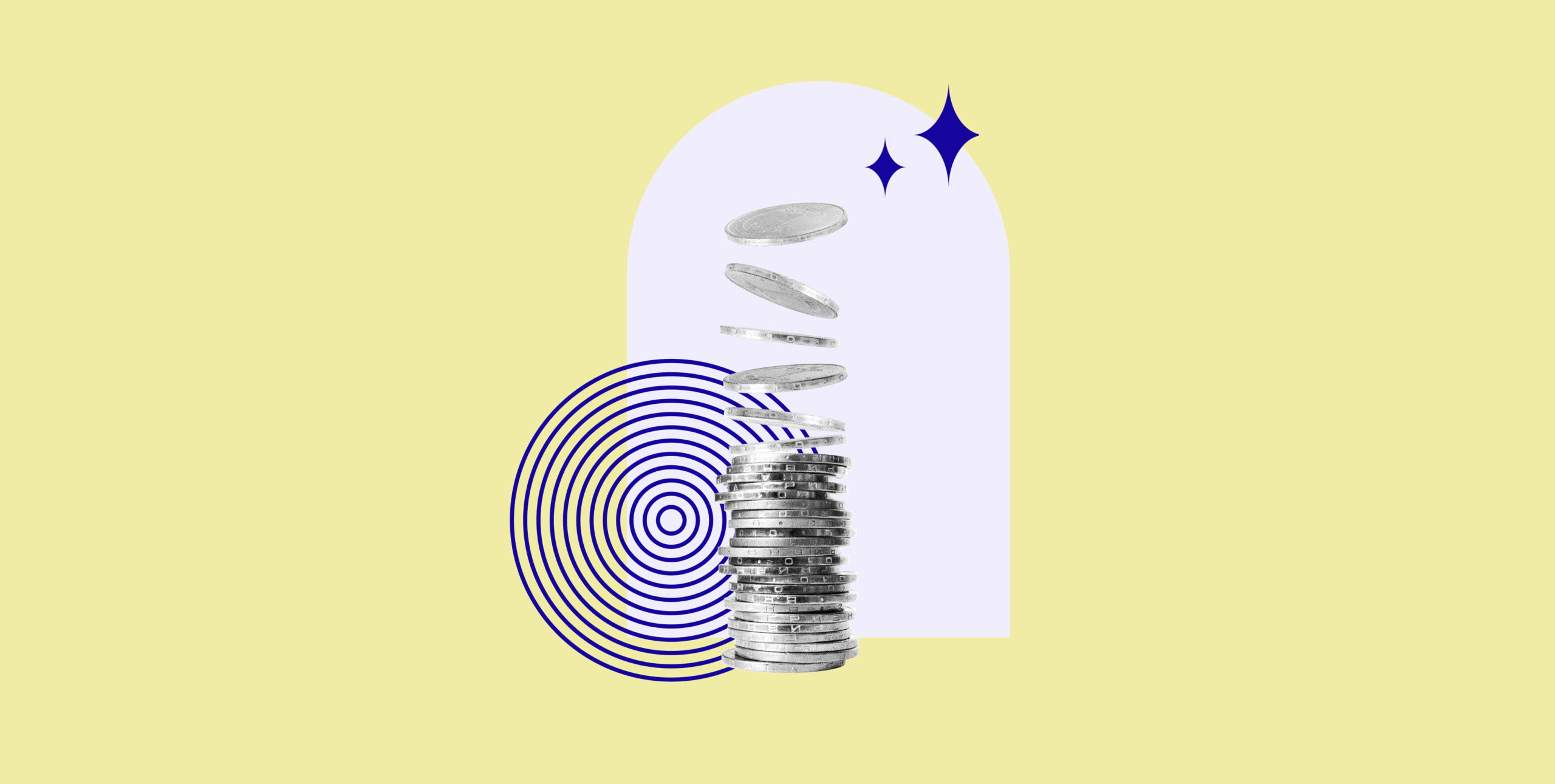July 06, 2023
Understanding Time of Use Rates: Pros, Cons, and How to Optimize Your Energy Usage

Table of Contents
Time of Use (TOU) rates are an electricity billing method that changes the price of electricity based on the time of day. These rates are designed to encourage people to shift their electricity consumption to periods of low demand. In this article, we will explore what TOU rates are, the pros and cons, how they can change consumer behavior, and ways to optimize energy use for maximum savings.
TOU rates charge different amounts for electricity usage at different times of the day. Electricity is more expensive during peak hours when demand is high, and less expensive during off-peak hours when demand is low. Some utility companies also have “super off-peak” rates for the times when demand is the lowest. TOU rates can change with seasons, as electricity usage patterns differ from summer to winter.
For example, on the East Coast, summer off-peak times might be from 6 pm to 2 am when temperatures are lower and fewer people need air conditioning, thus reducing the demand for electricity. In winter, peak hours might change to early morning when people turn up the heat to make living and workspaces comfortable.
TOU rates have pros and cons compared to flat rates. Their benefits are typically unlocked through consumer behavior.
Pros:
1. Encourages energy conservation: TOU rates incentivize consumers to use less energy during peak times and shift their usage to off-peak hours. This can help reduce strain on the electrical grid and lower overall energy consumption.
2. Reduces utility costs: By reducing peak demand, utilities can avoid the high costs associated with purchasing extra energy during peak times. This can lead to cost savings for both the utility and its customers.
3. Potential for lower bills: Customers who can shift their electricity usage to off-peak hours may save money on their energy bills compared to a flat rate.
Cons:
1. Complexity : TOU rates can be confusing and difficult to understand, making it challenging for customers to determine the best times to use electricity.
2. Inflexibility: Some customers may not be able to shift their electricity usage to off-peak hours due to work schedules, family routines, or other factors.
3. Potential for higher bills: Customers who cannot shift their usage may end up paying more on a TOU plan than a flat rate.
TOU rates can encourage consumers to change their energy usage patterns. By charging more for electricity during peak hours, consumers are incentivized to shift their usage to off-peak times. This may involve adjusting daily routines, such as running appliances like dishwashers and washing machines during off-peak hours, or setting programmable thermostats to adjust heating and cooling systems during off-peak times.
To save money with a TOU plan, you can adjust your habits and use electricity during off-peak hours. Here are some strategies:
1. Scheduling appliances : Many appliances, including dishwashers, washing machines, and dryers, have scheduling functions so that you can set the time for them to run ahead of time. Plan to use these appliances during off-peak hours.
2. Electric vehicle charging: If you own an electric car, charge it at night during off-peak hours to save on electricity costs.
3. Smart thermostat : Use a smart thermostat to adjust temperatures during peak hours, keeping your air conditioner set to 78 degrees or above to help reduce costs, especially during peak demand hours.
4. Use energy monitors : Devices like the PowerX Energy Monitor can help track energy usage patterns and identify opportunities to shift usage to off-peak hours.
5. Consider solar panels and home batteries : Installing solar panels can reduce dependence on grid electricity, and home batteries can store energy for use during peak times.
6. Shifting habits : Wake up earlier to start household chores that require substantial electricity, wait to charge appliances until late at night, and be more conscious of when you’re using electricity. All these actions help minimize your use during peak hours and reduce energy consumption.
7. Energy-efficient appliances : Consider investing in energy-efficient appliances, which can help lower your overall electricity usage and save money on your bill, regardless of the time of day.
8. Insulation and weatherproofing : Proper insulation and weatherproofing can help maintain indoor temperatures and reduce the need for heating or cooling during peak hours, further cutting down on energy use.
Additional Ways to Save with TOU Billing
While adjusting your habits to use more electricity during off-peak hours is helpful, it’s not always feasible to avoid using electricity during peak hours. Here are additional steps to ensure your bills remain low under a TOU plan:
1. Develop an energy schedule : Create a daily and weekly schedule to help you remember when to use appliances, charge devices, and perform energy-intensive tasks during off-peak hours.
2. Install a battery : Consider installing an energy storage system to act as backup power during grid outages and to combat TOU rates during peak hours. Charge the battery during off-peak hours when electricity rates are at their lowest, and use the stored energy during peak hours. Incentives and rebates may be available to make investing in energy storage more affordable for your home.
Before opting into a TOU plan, compare your current electricity rates, including supply and delivery, with the rates under a TOU plan. If off-peak pricing is significantly cheaper than your current rate, you may save money by switching to a TOU plan and adjusting your behavior. However, if the rates are similar, you may not see substantial savings even with habit changes.
By understanding TOU plans, considering your electricity usage habits, and taking advantage of off-peak hours, you can potentially save money and help reduce the strain on the electric grid. Always consult your utility company for specific TOU rates and peak hours to make informed decisions about your electricity consumption.
Want to stay updated?
Get the best of Daylight delivered to your inbox weekly
